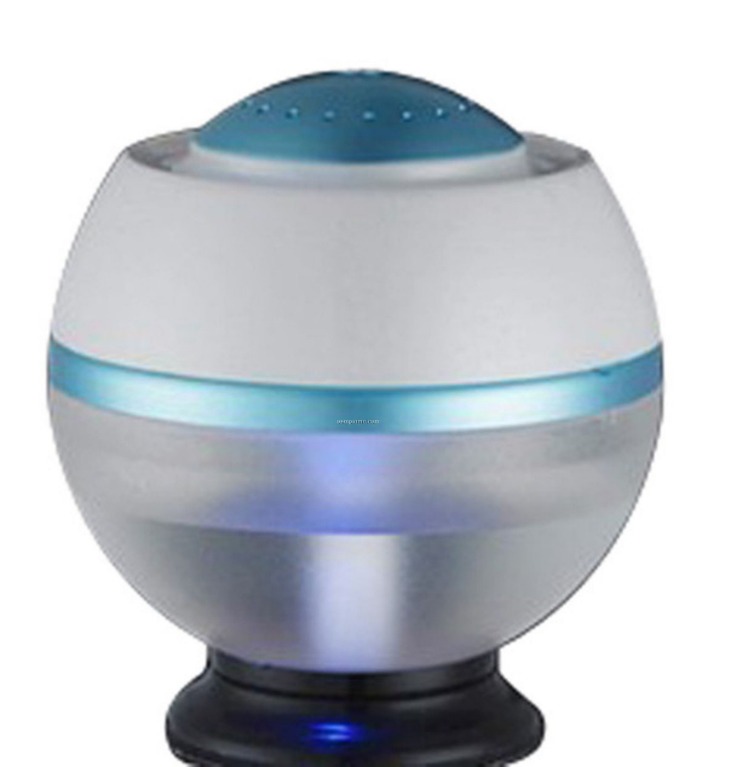Humidifiers release either warm or cool mist and come in the following different models. Below, we share expert cleaning tips and steps from Carolyn Forté, executive director of the GH Institute Home Care & Cleaning Lab. Forté shares the best ways to clean a humidifier with and without vinegar (including hydrogen peroxide and bleach). After reading, you’ll know exactly how to clean the base, tank and filter, along with how to keep your humidifier clean during the winter months and beyond. Fortunately, maintenance is pretty easy, if you do it often enough. Most humidifier manufacturers recommend a weekly cleaning cadence. The Environmental Protection Agency suggests that you clean and disinfect a humidifier every three days.
Because they release very hot mist, they should be kept away from children. But the major drawback is that cool mist humidifiers can accumulate bacteria growth more easily if they’re not maintained properly. While they’re fairly easy to clean, you will have to remember to regularly clean your humidifier to prevent bacteria and mold growth. Cool mist and warm mist humidifiers both add moisture and humidity to the air, but the key difference is that warm mist humidifiers emit hot steam. Though warm mist humidifiers aren’t nearly as powerful as space heaters, their warmth may be a welcome addition on chilly winter nights.
“Stretching out the time between treatments, when possible, can help limit any damage to the hair which can result in dryness,” Garshick adds. An easy way to care for your hair between chemical treatments is using a moisturizing hair mask to replenish any nutrients that may have been stripped. Humidifiers for the nursery, children’s room, and bedroom are quiet in use and don’t use steam. Of course, you don’t want you or your little one to burn themselves on the hot steam.
It also has a built-in night-light, which makes it great for nurseries, as well as smart-home integration. Some humidifiers monitor the relative humidity of the air and will turn on and off as appropriate to maintain a preset level. Impeller humidifiers and ultrasonic designs send these minerals into the air. If the water in your area contains a lot of minerals, you will notice them as dust. The wick system uses a paper, cloth or foam wick or sheet to draw water out of the reservoir.
Sometimes an evaporative humidifier will be hooked up to the heating and cooling system of a house or building. The most common type of humidifier is called an evaporative humidifier. This type of humidifier is actually quite simple and, for the most part, self-regulating. This is known as scale and could be emitted into the air and cause particles to enter the lungs, leading to health problems. You should always clean your humidifier after every use and make sure the water tank gets completely dried before using it again.
This means, if the relative humidity is 50%, the air is only holding moisture at 50% of its capacity. If relative humidity is at 100%, the air is holding all the moisture it can, like during a rainy day in the summer. Use some elbow grease, and make sure to get around all the awkward corners, as well.
The best humidifier
Read more about best humidifier for vocalists here.
Cleaning Your Humidifier
Central humidifiers are connected to your house’s plumbing and heating and air conditioning, and they cover the entire house. It’s convenient because you don’t have to refill the water supply, but you do need to maintain the system well to keep certain allergens from getting into the air. You can measure the level with a tool called a hygrometer that’s available at most hardware stores.
What Kind of Water to Use
In addition, avoid using harsh chemicals to clean your humidifier since these substances can become airborne and be breathed into the lungs, according to the Children’s Hospital Colorado. As far as frequency, the Mayo Clinic recommends cleaning your humidifier every three days to get rid of any gunk (like mineral deposits or slimy biofilms) that may accumulate in the tank or other parts. That’s because tap water — and even bottled varieties — contain minerals. And when these minerals become suspended in the air, they can produce lung problems too, per the Children’s Hospital Colorado.
Since the cleaning steps may differ based on your humidifier’s type, Forté always recommends following the cleaning and maintenance instructions of your model. In fact, she suggests keeping the owner’s manual available until you get the hang of cleaning your humidifier fully without it. And if you can’t find the manual or the cleaning steps online, her guide below offers all the basics to get started. Without regular cleaning and maintenance, your humidifier can turn into a vicious, festering cesspool of bacteria and mold. Canopy’s Bedside Humidifier comes fully loaded with extra filters, and even includes an essential oil blend to get you started. Its 2.5-liter capacity churns out up to 36 hours of mist that seamlessly fills up a large room. And since water passes through its UV light before dispersing into a mist, you can ensure the air you’re breathing is that much cleaner.

Leave a Reply